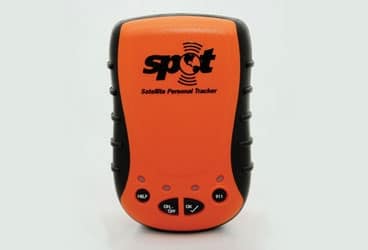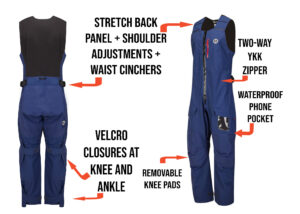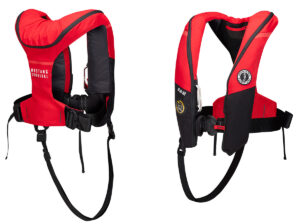
GUSpot368
One of the products introduced at this year’s Miami International Boat Show was a neat little orange device called the SPOT Satellite Messenger. Touted as a safety/location-reporting device, SPOT uses position data obtained from the GPS satellite network to report its position to the Globalstar satellite network. Using both of these networks, and four buttons mounted on the SPOT, it has the ability to do several things of importance to those who spend time in remote areas, including offshore. To use all these services, a subscription and some time spent setting up the unit on the SPOT website is required.
The basic service is the “I’m OK” message, which, when pressed, sends a message to whomever you’ve designated as a recipient that gives your position and whatever message you’ve preconfigured on the SPOT website. The recipient can then follow a link to Google Earth, which will show your exact position.
If you hold down the “OK/Check” button for five seconds, it initiates the SPOTcasting tracking service (provided you’ve signed up for it) and reports your position every 10 minutes for a 24-hour period. These tracked points show up on SPOT’s Web site and are displayed as numbered points on Google Maps.
Should you require help, but not necessarily the kind that comes with flashing blue lights and orange stripes, you can press the “Help” button, which will send a pre-configured help message every five minutes for one hour, or until you cancel the alert. This will provide your friends or family with your location, and allow them to come pick you up, again with information provided by Google Earth and Google Maps.
If you’re in deep trouble, and need professional rescue services to rush to your assistance, you press the “911” button and hold it for at least two seconds, at which point SPOT will send your position every five minutes until cancelled, or when the batteries are depleted. The signal goes to the GEOS International Emergency Response Center every five minutes until cancelled. The Emergency Response Center notifies the appropriate emergency responders based on your location as well as notifying your emergency contacts.
We’ve been promised a SPOT for review, and will provide a more detailed review after thorough testing. Browsing the Internet, we found some very good user reviews that include some cautionary reports. It appears as though the GPS chipset isn’t as good as some available on newer GPS units, which means the unit can have trouble obtaining signals from the GPS system in anything but a perfect environment. According to reviewers, SPOT has difficulties getting signals in urban areas, places where there are trees overhead, in a car, or in a backpack. In short, SPOT has to have a very clear view of the sky, which means it should work well on the water. There’s also no way of determining if your signal, distress or otherwise, has been received, as SPOT is strictly a one-way device.
In other words, the SPOT is by no means a replacement for an EPIRB or GPS Personal Locater Beacon, but it is a viable way of letting family and friends know you’re OK, or that you need a ride. It’s also a lot better than nothing when it comes to needing rescue offshore, or outside of cellular or VHF coverage.
Yearly service fees are $99.99 for the 911, Help, and Check-in features, an additional $49.99 a year for the tracking service, and $7.95 a year (if you sign up on initial registration, $150 a year if purchased afterwards) for the “GEOS Search and Rescue Benefit” package, which provides up to $100,000 worth of additional search and rescue resources, which is underwritten by Lloyd’s of London. The SPOT is 4.38″ X 2.75″ X 1.5″, weighs in at 7.37 ounces, and retails for $169.99. www.findmespot.com









